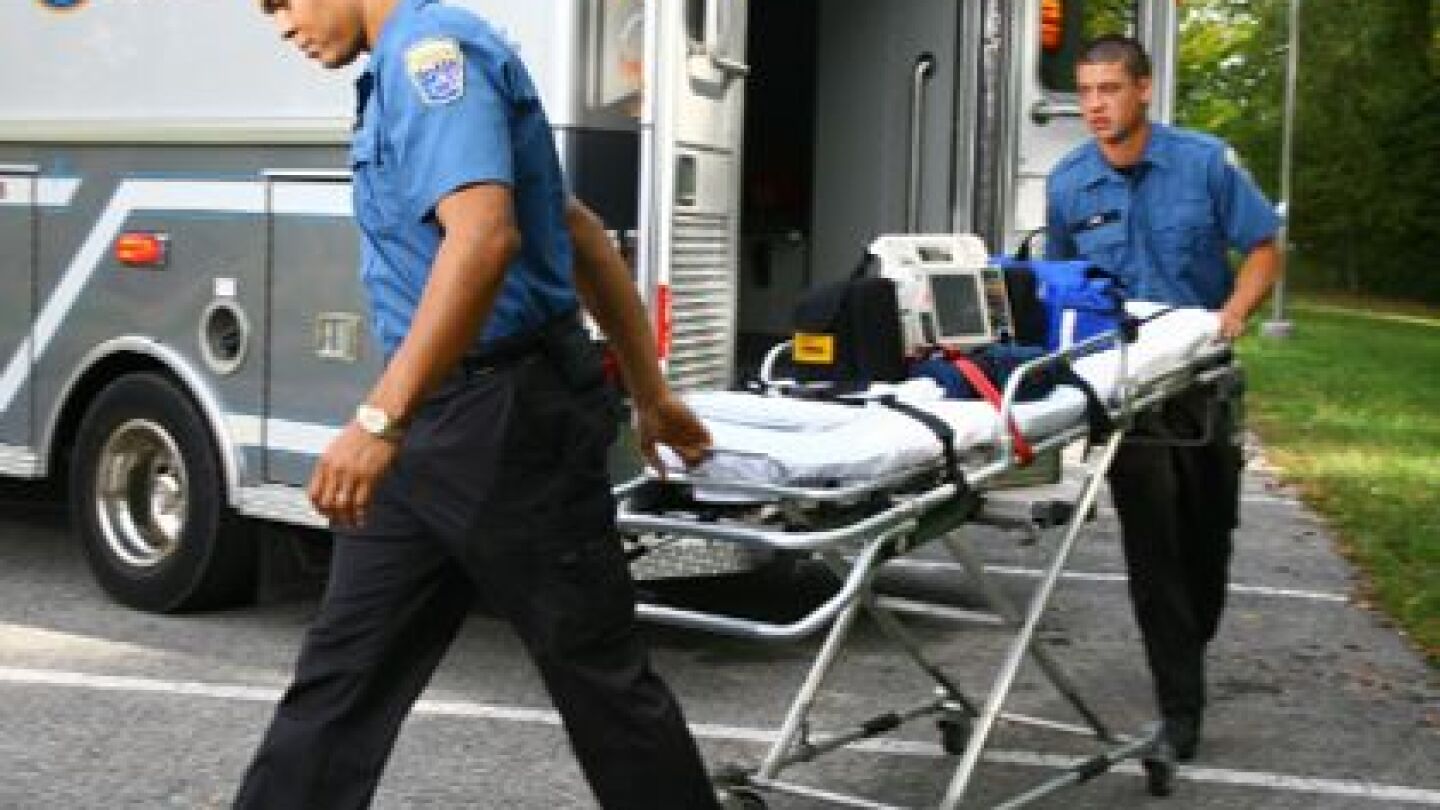EMS Training and Education
Your go-to resource for evidence-based EMS training, continuing education, instructor development and industry innovation. Find expert articles, videos, product reviews and specialized resources to support EMTs, paramedics, medical directors and educators. Stay current on instructor best practices, CEU requirements, virtual training trends, simulation strategies and educational policy affecting prehospital care.
EMS Training and Education Resources
Practical, authentic ways to show gratitude and strengthen community ties with the people who respond first when it matters most
5 tips to quickly find a patient’s radial pulse for vital sign assessment
Educating patients at the highest risk for suffering a fatal overdose
Our picks for public safety readers for inspiration, health, healing, leadership and escape
An easy patient assessment activity you can incorporate in any classroom
Learn how implicit bias is shaping (and harming) the care we give to female patients
Challenging ALS and BLS standards of emergency medicine to improve patient outcomes and satisfaction
Portsmouth Ambulance in partnership with Shawnee State University will offer 24 scholarships, an expansion from last year’s seven
NIOSH and NHTSA collaborated to use emergency department visit data to identify the five primary types of injury events experienced by EMS providers
In Chicago, more than 3,000 people have been shot this year, and the victim of a gunshot wound can bleed to death in only five minutes
To make the scenario more realistic, students volunteered to be victims during the simulation, going so far as to apply wounds created with makeup
EMS1 readers came together to outline more reasons on why you shouldn’t run, but walk with purpose
Our co-hosts also discuss how to go from the truck to stepping into an instructor role
Take this quiz to test your knowledge on the paramedic vs. EMT conundrum
EMS providers need to be involved in educating communities in how to provide the initial response to critically injured patients
Event at EMS World covered steps to avoid accidental fentanyl exposure during scene size-up, patient care and investigation
The IAFC will continue to offer essential training for volunteer and remote responders to ensure they can manage rail incidents effectively
The program aims to teach bystanders how to keep victims with life-threatening injuries alive until EMS arrives
Fire and EMS agencies owe their crews, and the citizens they serve and protect, competent fire apparatus and ambulance driver/operators
Participating students will be EMT certified after spending a minimum of 48 hours in an ER and 60 hours in an ambulance
Despite some respondents telling their younger selves to seek alternate employment, most had unique insight for their rookie selves from years on the job
Running makes it harder to keep your cool and operate at peak effectiveness
Test your knowledge of fentanyl exposure, protection and treatment
Students in the Emergency Medical Response program will be able to become fully certified before graduating high school
Chris Applegate, who now teaches math and physics at a high school, was helping with powderpuff football practice when a distraught student ran up to him
Researchers found that cardiac arrest survival rates remain low in the U.K. due to the lack of knowledge and skills to perform CPR
An analysis of 8.7 million CAPCE continuing education records show how and when paramedics and EMTs earn CE for state and National Registry recertification
EMS World Expo 2017 Opening Ceremonies and Keynote brought local responders, industry leaders and an EMS legend together to recognize another year of EMS
Matt Zavadsky discusses mobile integrated healthcare program growth, sustainability and models for the future
World Trauma Symposium speaker describes pelvic fracture anatomy, pathophysiology and evidence for reducing bleeding and improving patient survival with a pelvic splint
A new partnership between schools and first responders allows students to pursue EMS careers right out of high school
Mobile phones changed day-to-day EMS operations more than any medical device or innovation



























